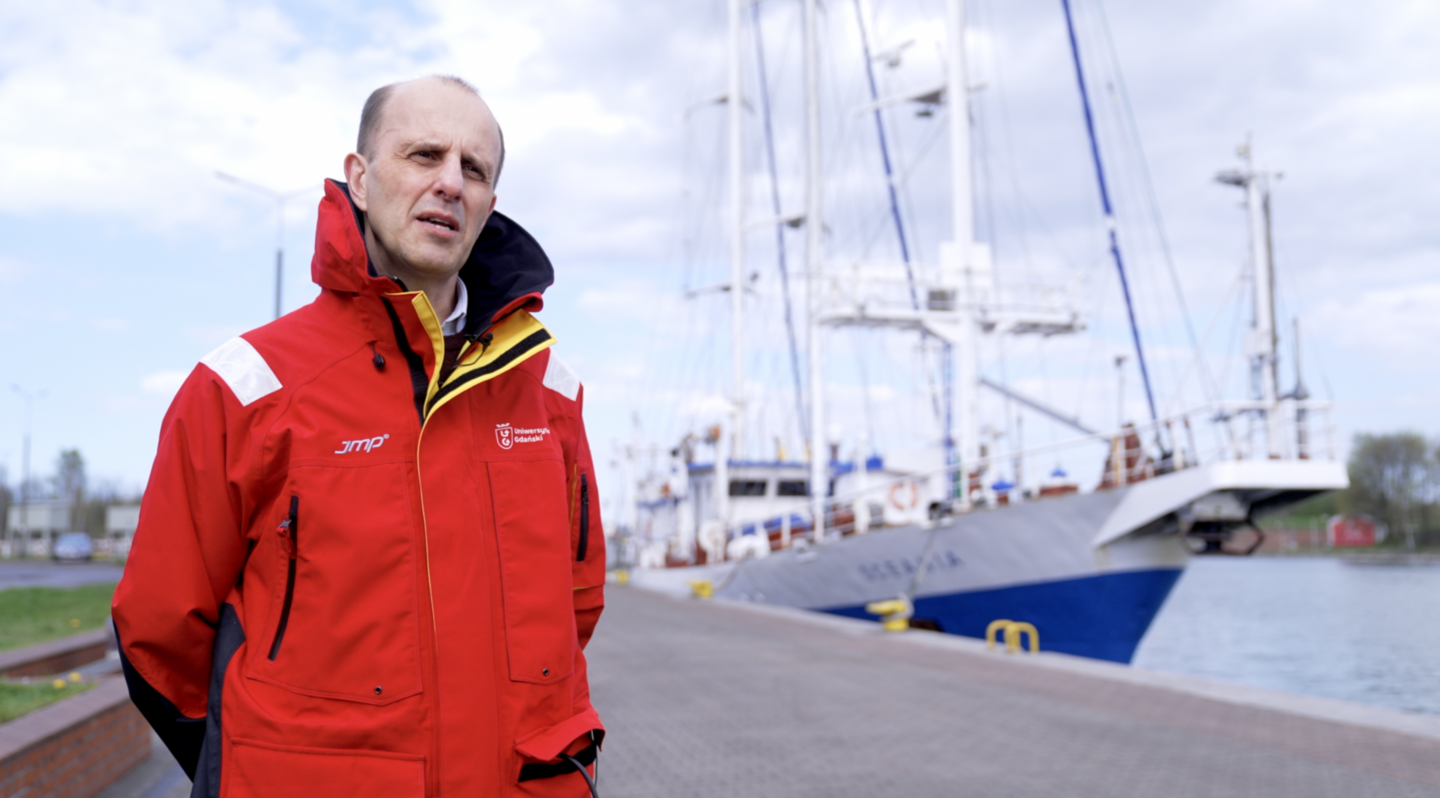The extent of pharmaceutical pollution is the subject of the Pharmarine project, which is funded by the Norway Grants. This large-scale comprehensive study unites Polish and Norwegian scientists in a quest to figure out how far, and in what quantities human drugs can be found in oceans – and how they impact life around us. Professor Adam Sokołowski, who works at the University of Gdansk, is the principal investigator in the project. He tells us more about its aims and activities.
Pharmaceuticals in the water
Almost all medication that is ingested ends up in the sewage, and ultimately in our oceans. They can remain there for a long time, either in a diluted form, of bound to suspended particles or living organisms, like phytoplankton and zooplankton. With the usage of medication growing throughout Europe, the amount of pharmaceuticals in the environment increases as well. “That’s why this topic is becoming more and more urgent,” says Adam. “Pharmaceuticals are released from the land, into the sea. Some are still biologically active.”
Once in the water, the pharmaceuticals have the potential to be picked up by the currents. This enables them to travel long distances and affect living organisms in distant regions. Recently, the occurrence of drugs has been discovered as far as the European Arctic waters. This triggered scientists like Adam, to investigate the situation. Adam: “We were wondering how it is in this remote area. Can we find pharmaceuticals both in the water and living organisms? What are the concentration levels – and more importantly: what are the effects on the ecosystem? Knowing these answers will help us to develop solutions.”
Because while we can all understand it’s not a good sign that there’s pharmaceutical waste in areas like the Arctics – coming up with a direct solution is not so easy. Local and international laws and regulations play a crucial role here, but to set them in place, administrative parties need to know exactly what the status is.
Collecting samples at sea and on the shore
That’s where the Pharmarine project comes in. Set up as a package of various inter-related research activities both in the field and in the laboratory, it aims to raise empirical data to assess the situation.
One of the research topics is the way the particles travel. Adam: “The first modeling data suggest that pharmaceuticals can be transported with sea currents from the European continent to the Arctic. We aim to find out how they travel: through which currents, and how fast. If we can map the streams, we may be able to predict the future.”
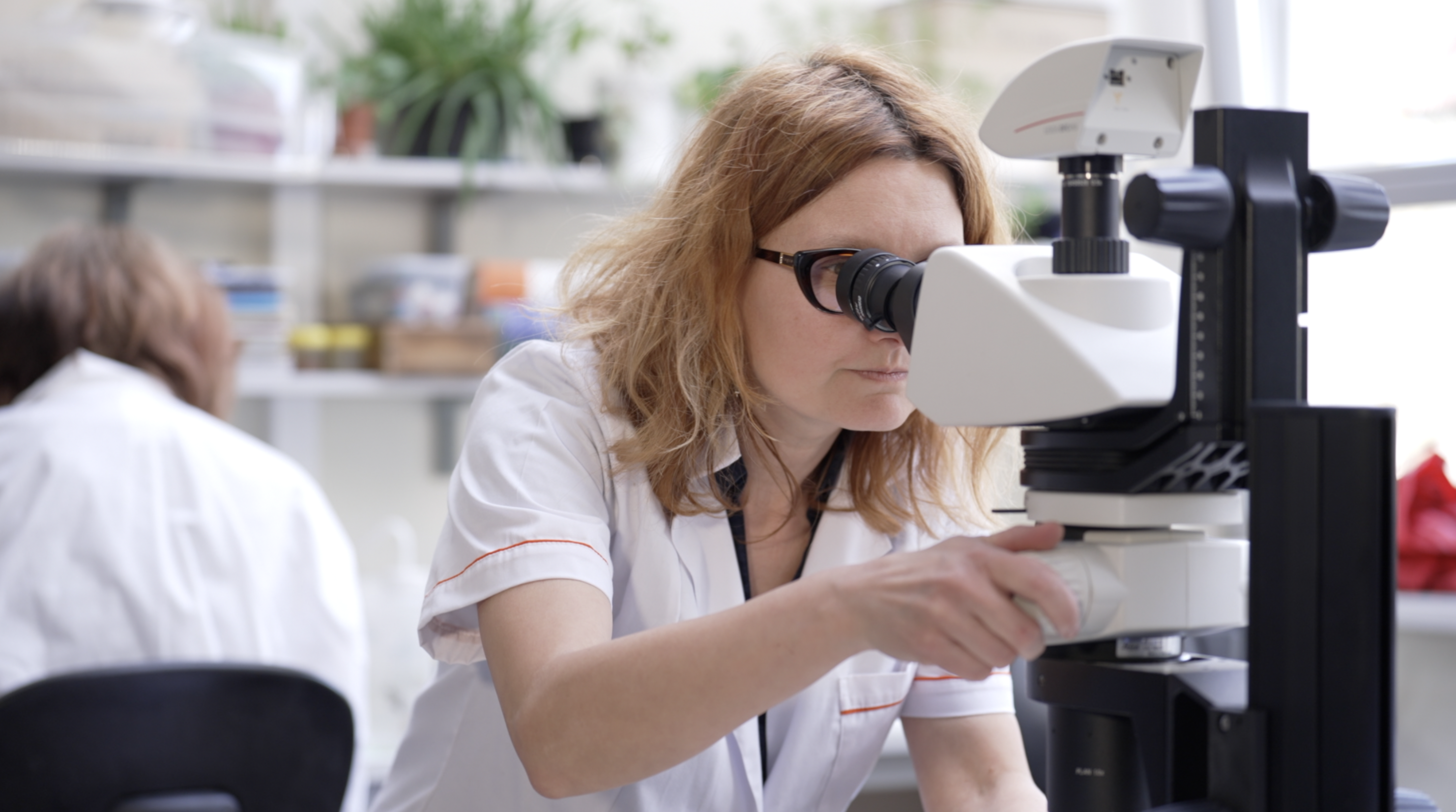
The researchers aim to investigate the amounts of pharmaceuticals both in the open sea and near the shore. “We’re not only finding pharmaceuticals in the water. The human drugs can be also expected in zooplankton, which are small animals that live in the water and move with the sea currents. And there are also coastal animals that are presumably exposed to the pharmaceuticals. So we want to analyse how they respond.”
So far, there have been two field expeditions. In the first, a large research vessel sailed from Poland along the Scandinavian Peninsula to Spitsbergen in the North. Along the way, more than 30 field samples were collected representing different water masses and geographical regions. The second expedition concerned animal samples found in the coastal zone. In the experiments, the collected animals were exposed to human drugs under natural Arctic conditions. The effects were studied at the Ny-Ålesund Research Station in Spitsbergen.
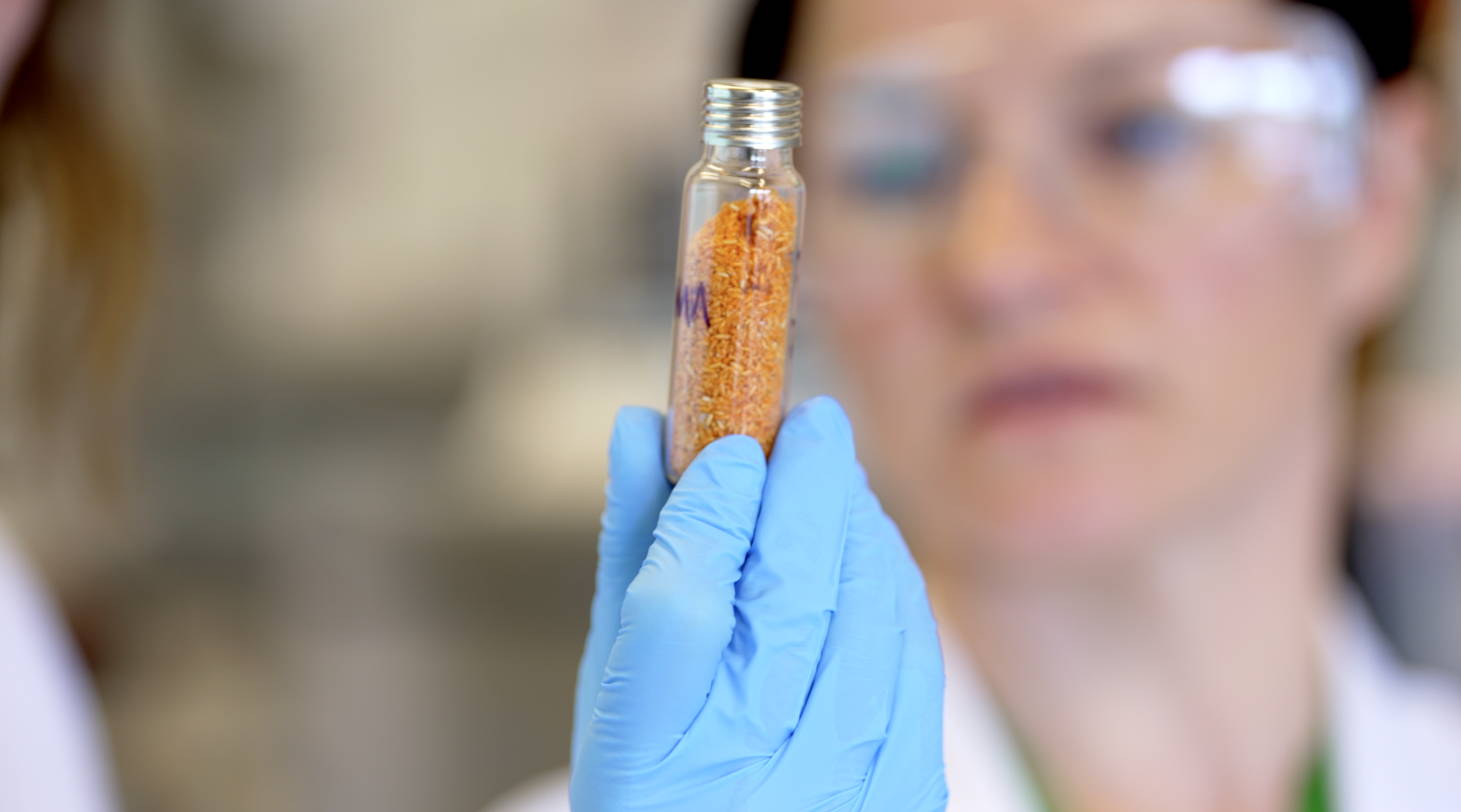
Where skills, expertise and equipment meet
One of the success factors in the project is the collaboration between the Polish and the Norwegian teams. Together, they have a perfect combination of complementary expertise and experience. The Norwegian team from SINTEF Ocean in Trondheim is highly skilled in chemical research and has access to state-of-art analytical infrastructure to analyse the samples. In addition, the team from Longyearbyen (Spitsbergen) has extensive and invaluable knowledge of the Arctic area: “Working in the Arctic is not so easy, it’s always a challenge to get field samples. So it’s good that we have a skilled team with lots of experience.”
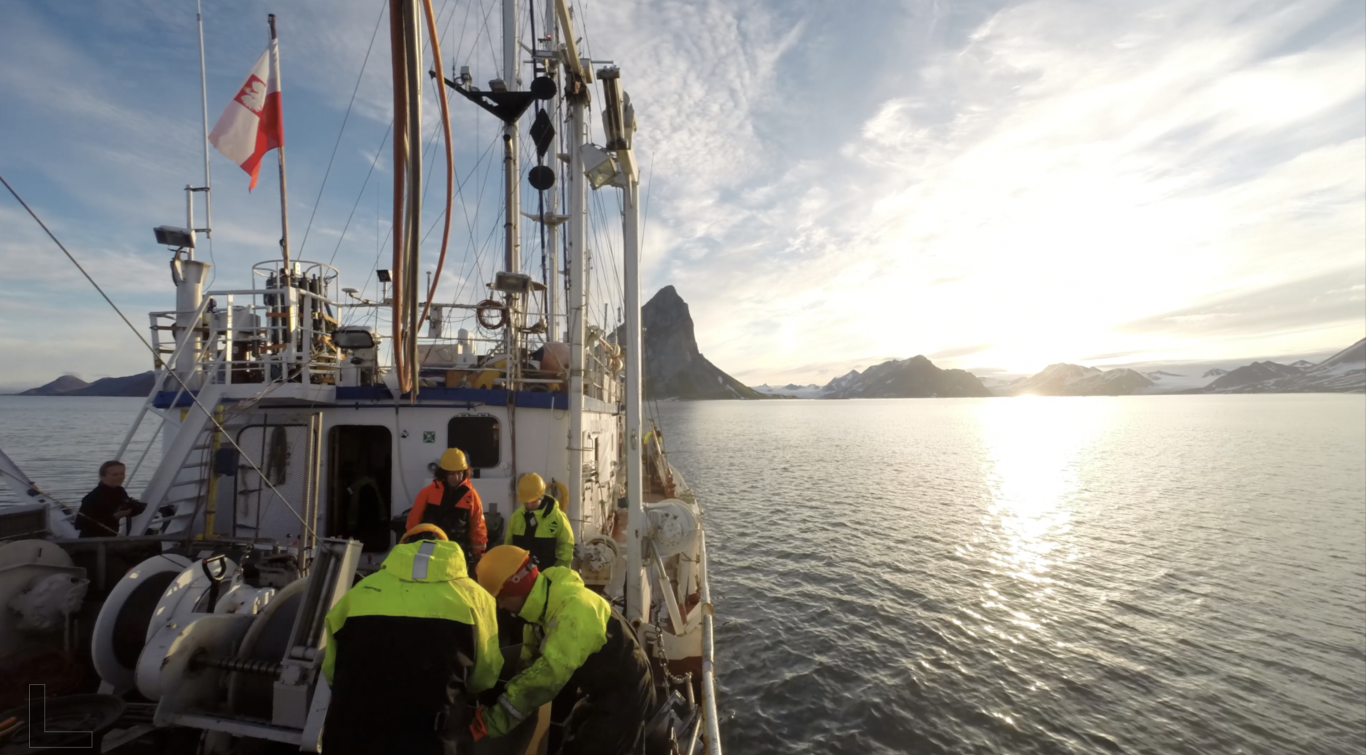
The teams from Poland have a background in oceanography and marine ecological studies, with important biological expertise. It’s an efficient combination, says Adam: “It was a very effective time. The infrastructure of the chemical laboratories is of a high quality – not only in terms of equipment, but also in terms of workforce. The entire team is very professional, from researchers to assistants, and that makes the whole process a lot easier.”

The first results as inspiration for the future
With the first phase of the project completed, the first results are currently coming in. “Part of the analyses have been completed and in general, I’m very excited about the results,” says Adam. He’s looking forward to the next steps: “We already applied for an extension of the project. To me, it’s not only purely scientific research. It’s also a way to make people aware of the problem. That what we do in the European mainland does not only have local impact. It’s also affecting environments far, far away.”
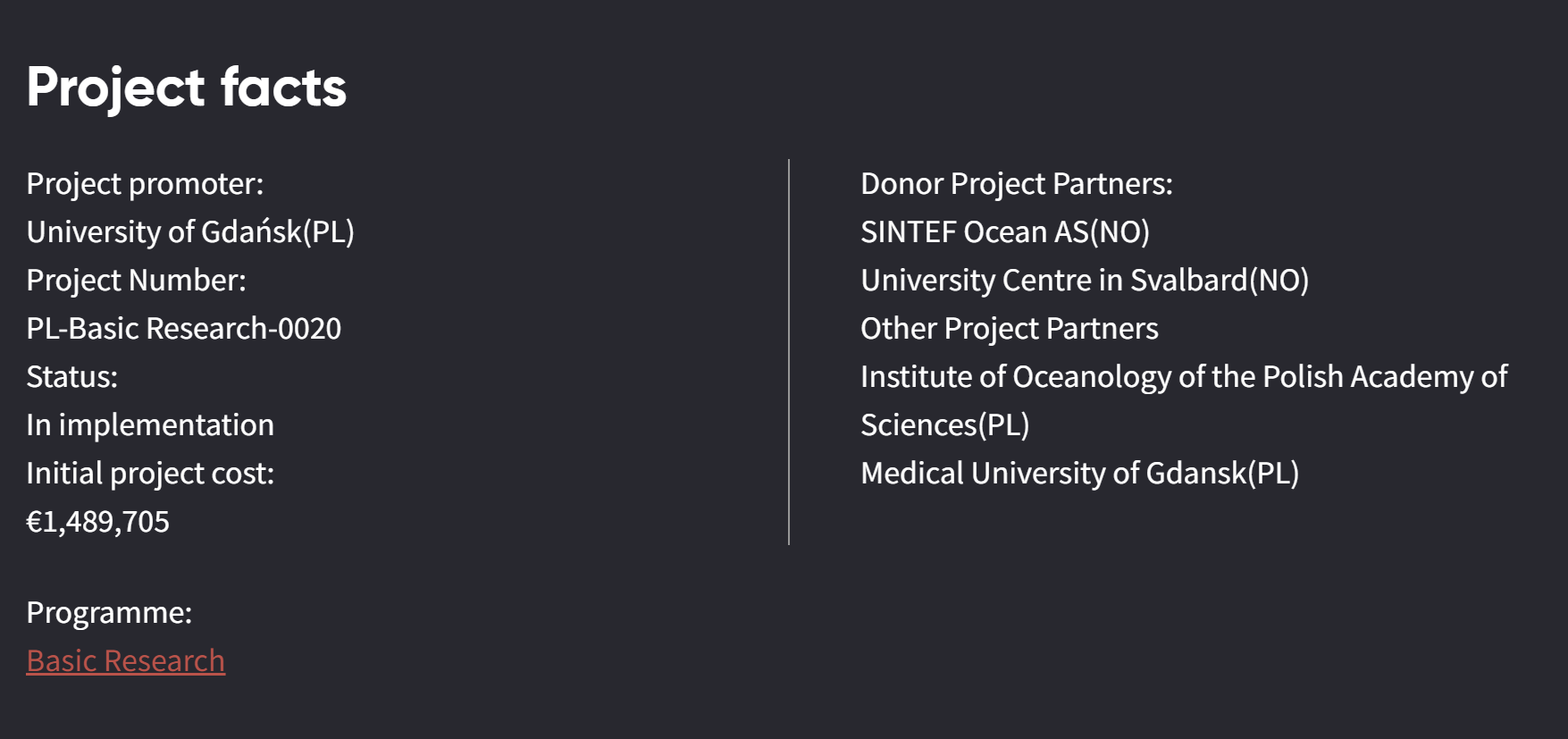

This article is part of the #OurStories campaign. The campaign looks at the vast variety of inspirational stories of projects and connections made possible through the EEA and Norway Grants. We will be sharing these stories on this website through articles and videos published on social media and Youtube. More importantly, #OurStories is a platform for the thousands of project participants who have in one way or the other been involved in projects made possible by the EEA and Norway Grants.
Follow us on social media(@EEANorwayGrants) to stay up-to-date on #OurStories and find more stories here.
